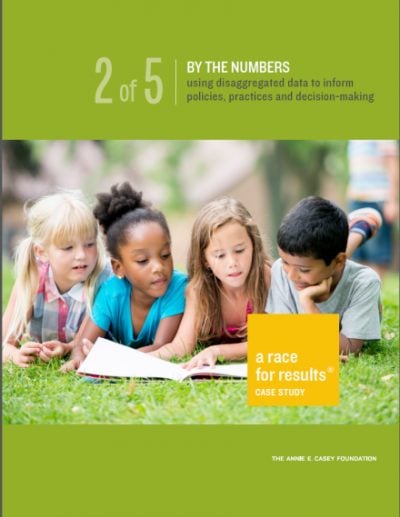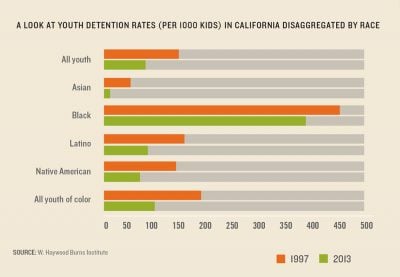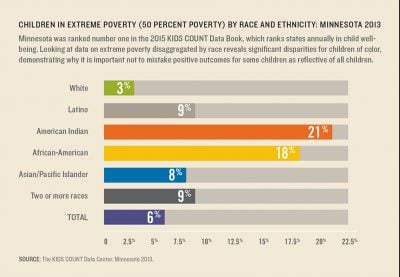Color-Coded Disparities
Even in Minnesota — ranked number one in child well-being in the KIDS COUNT Data Book — disaggregated data by race revealed that while 3% of white kids were living in extreme poverty, up to 21% of American Indian and 18% of African-American kids were living in the same extreme poverty conditions.









